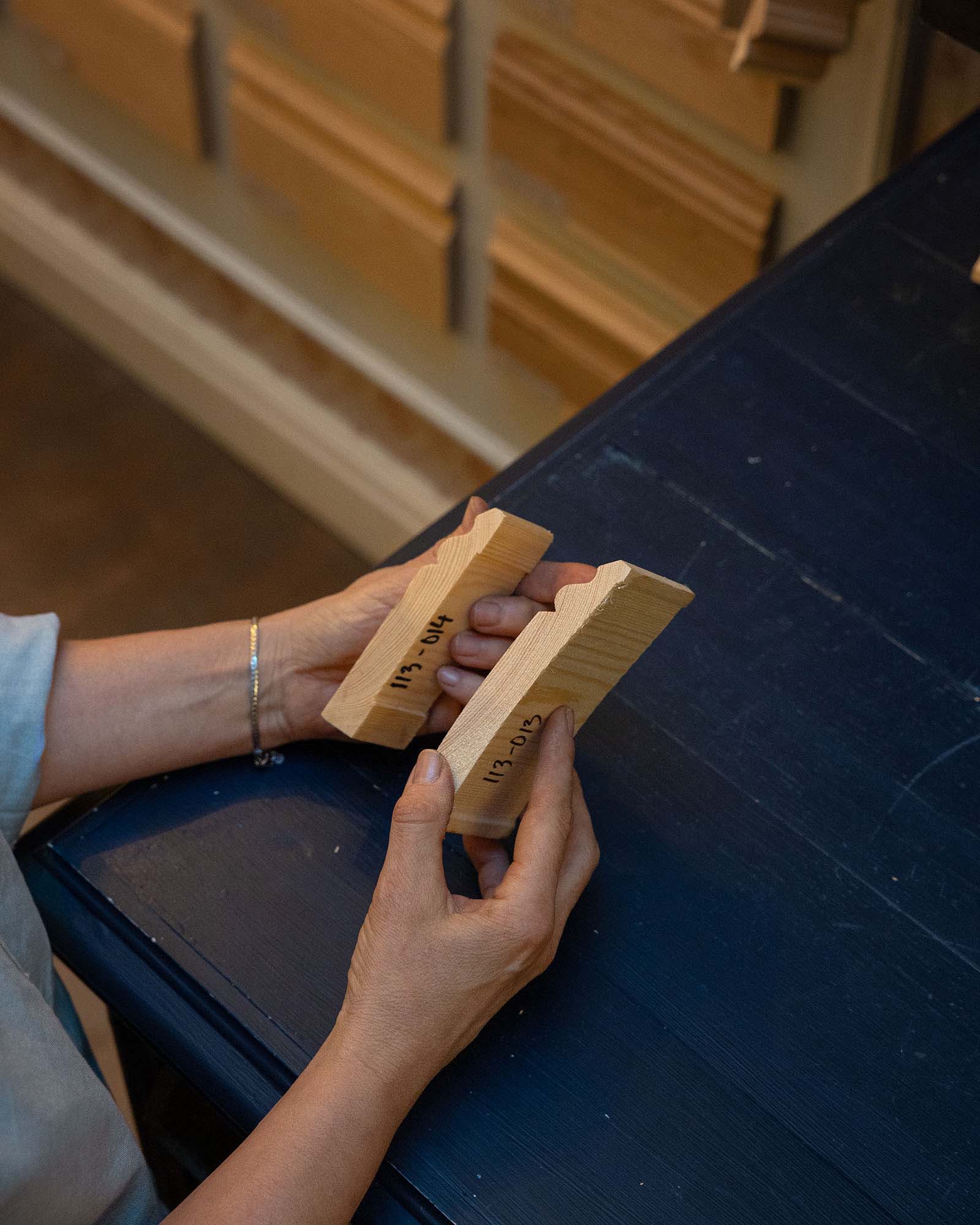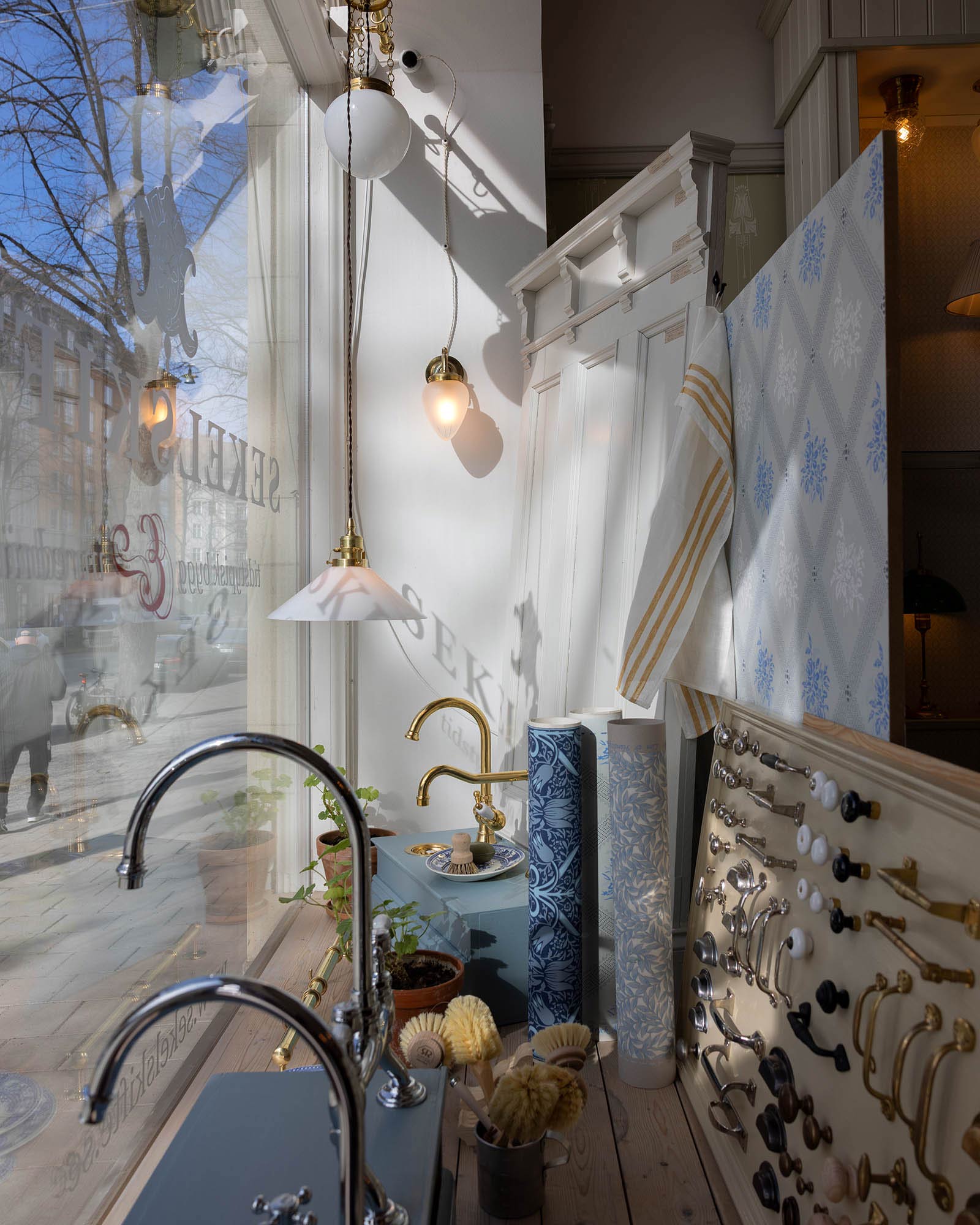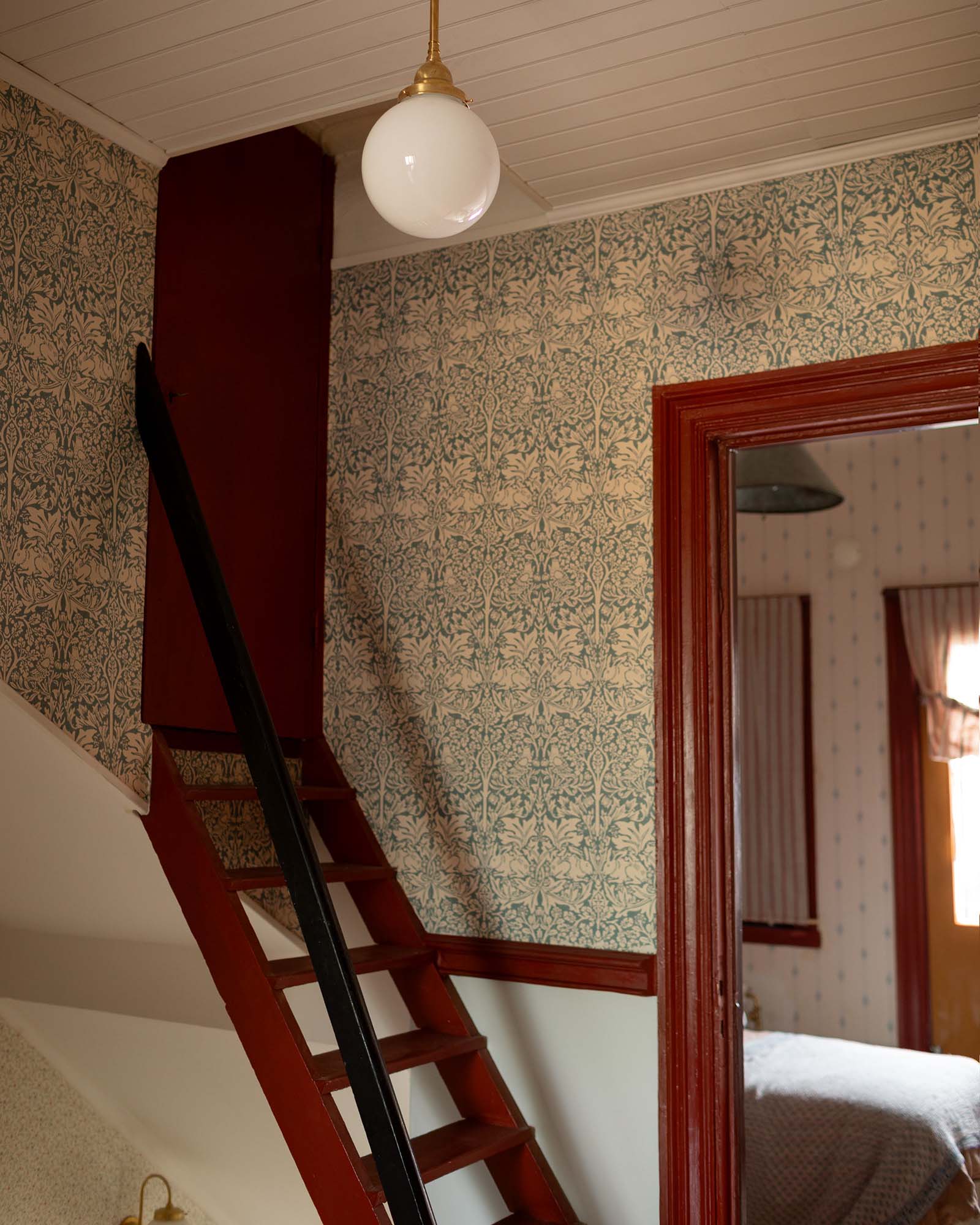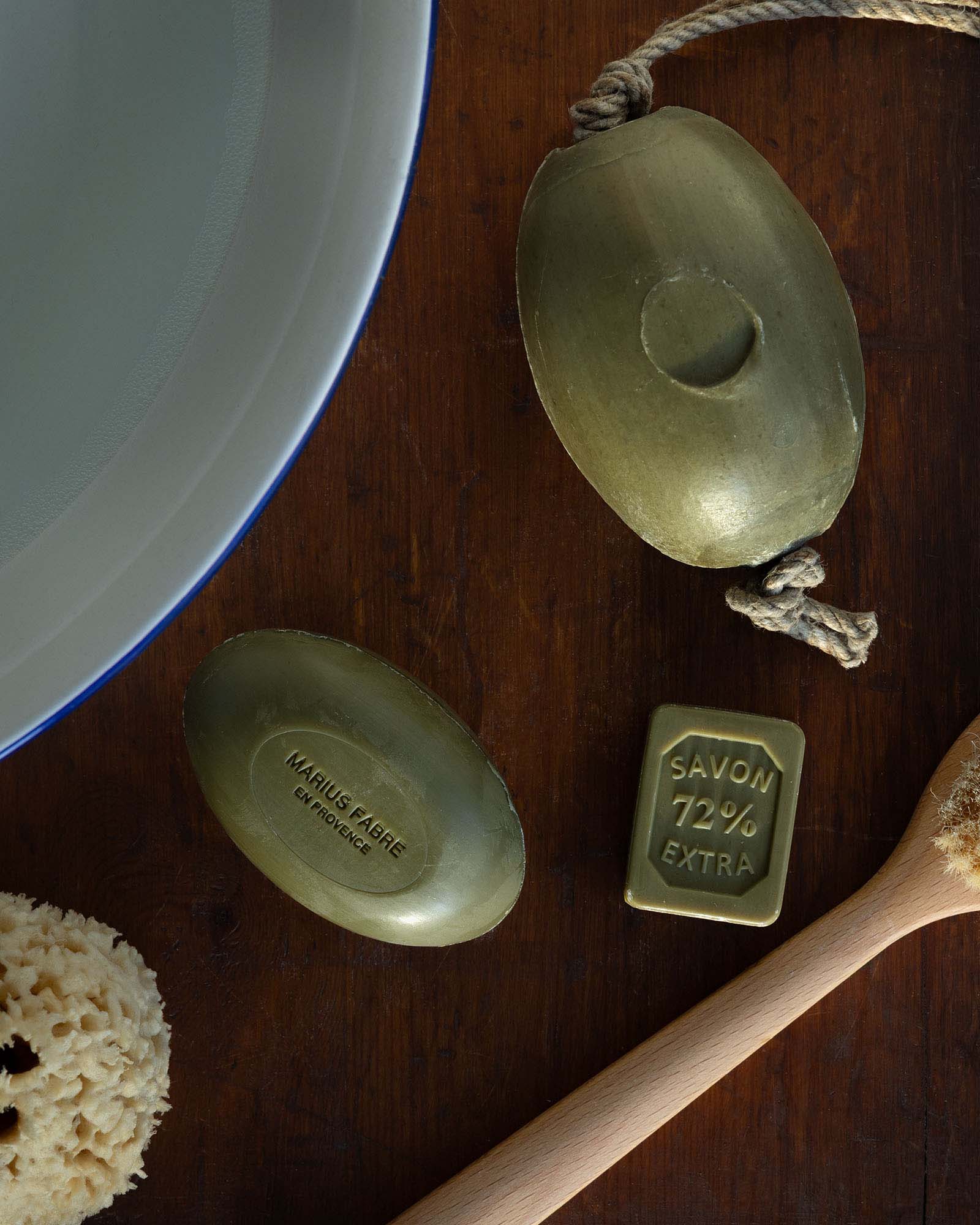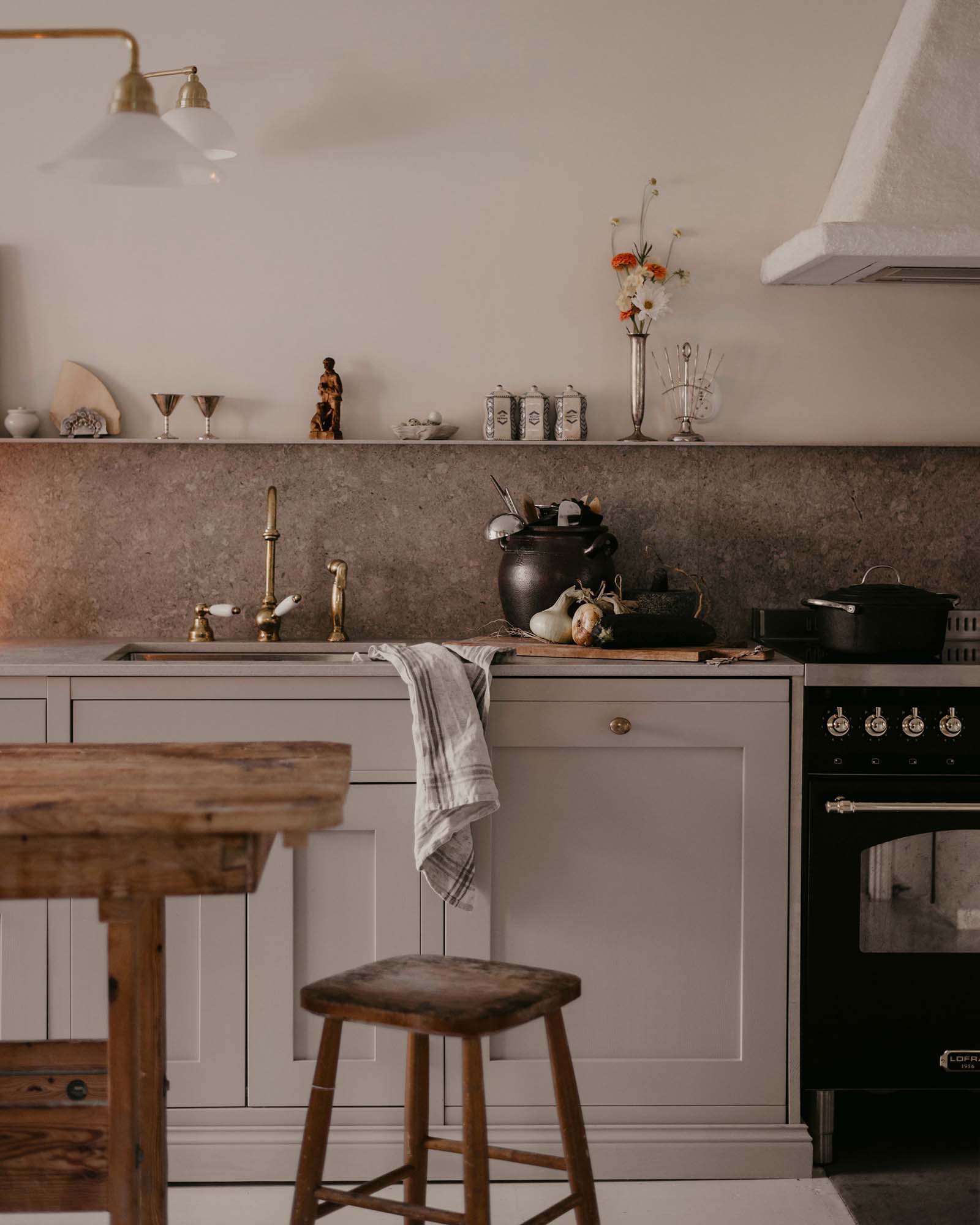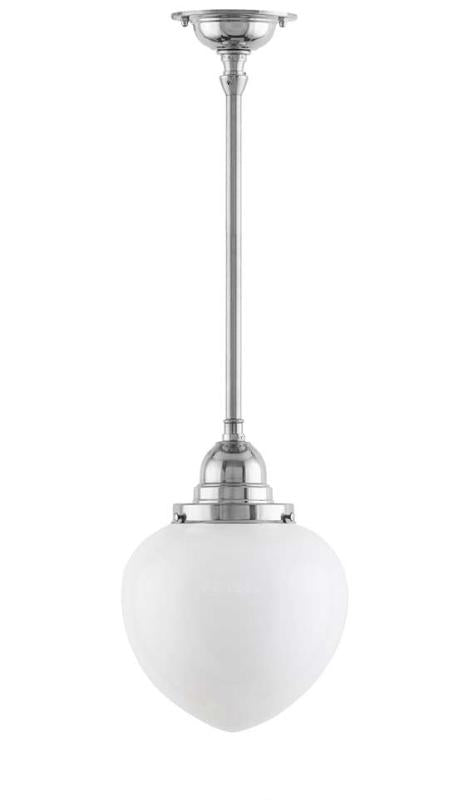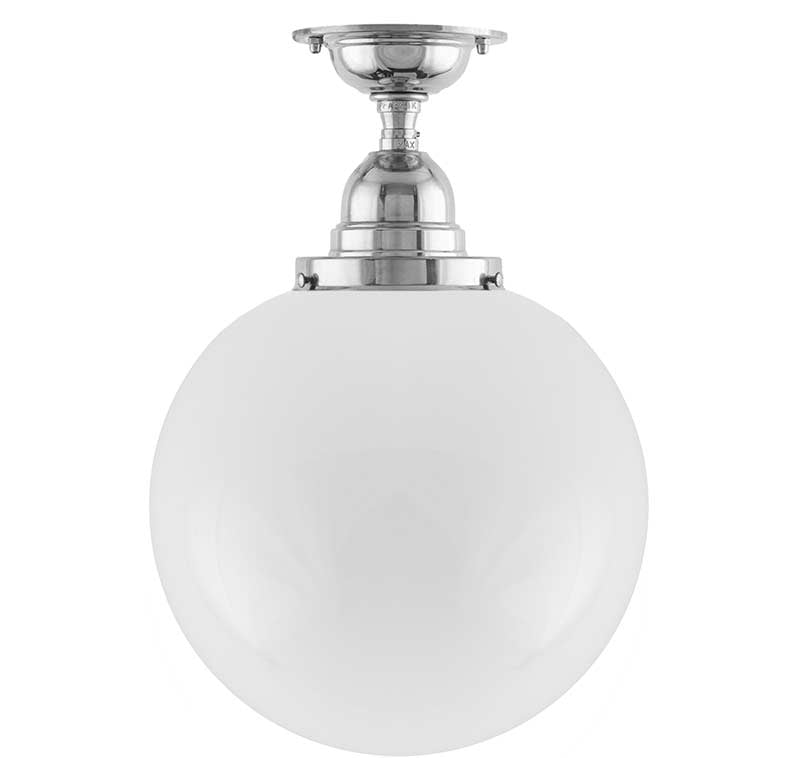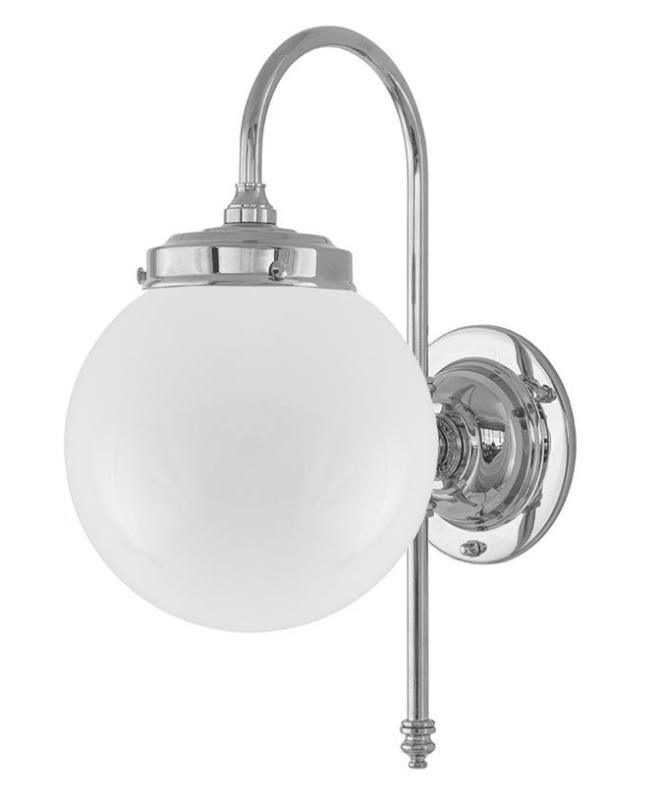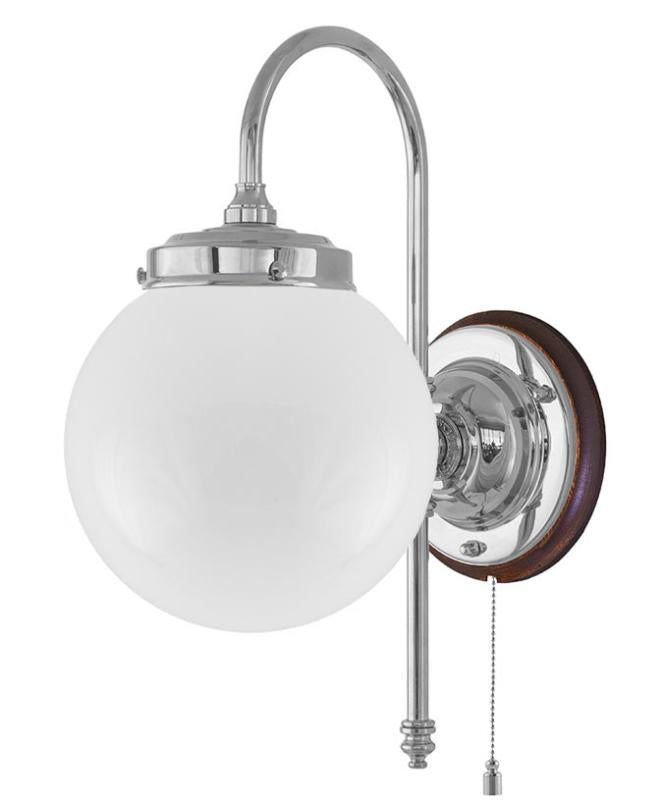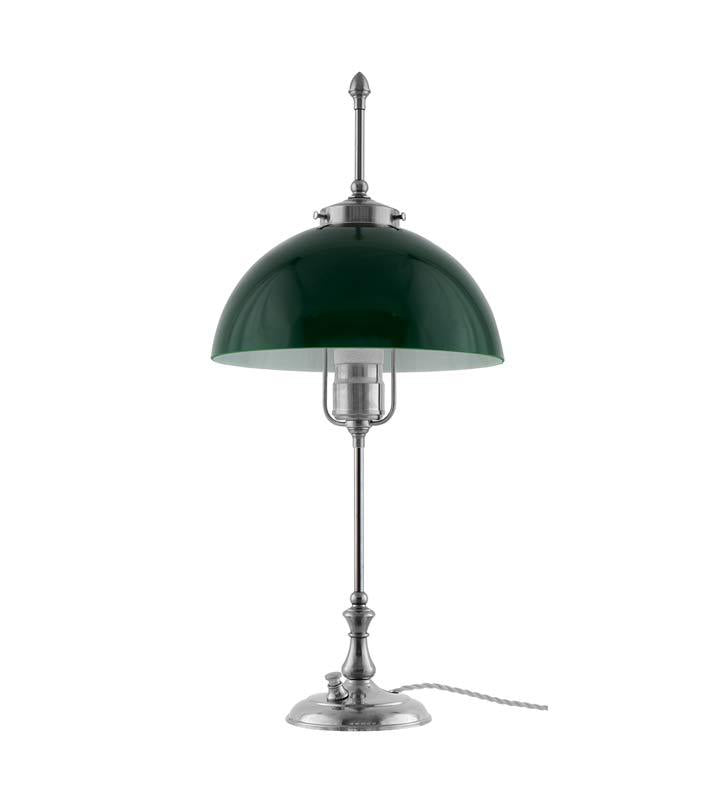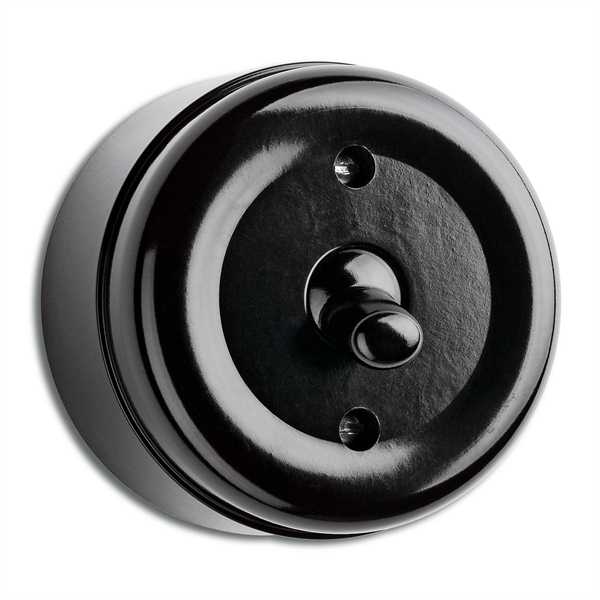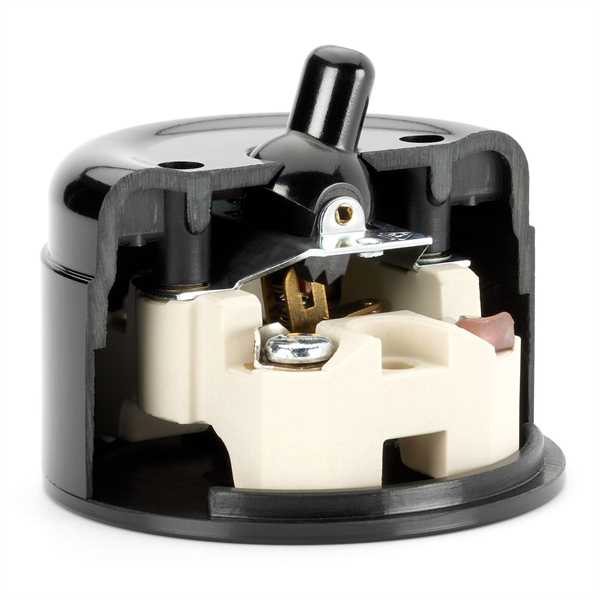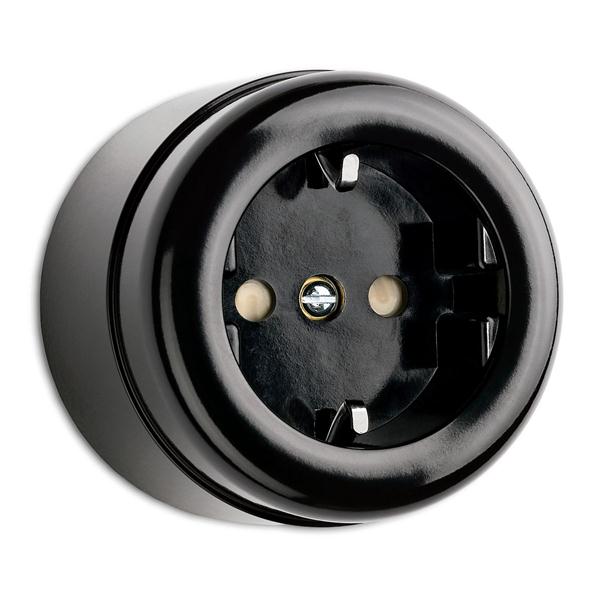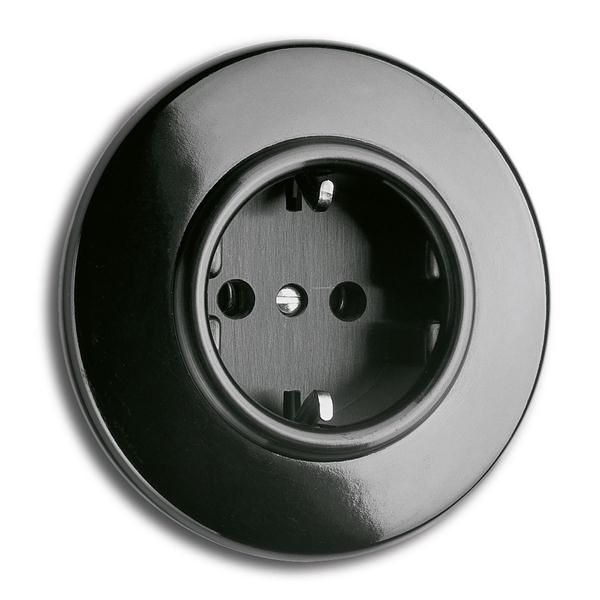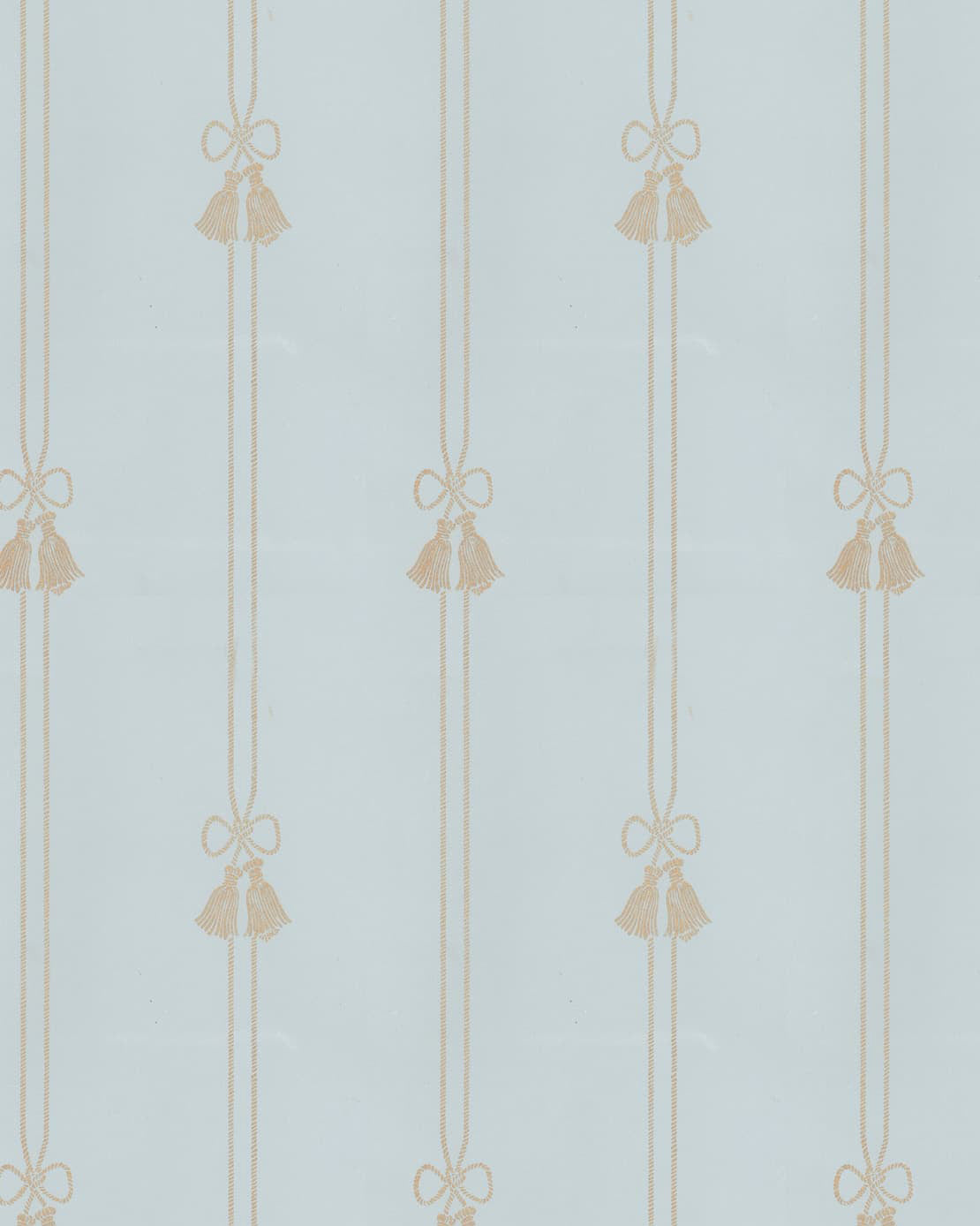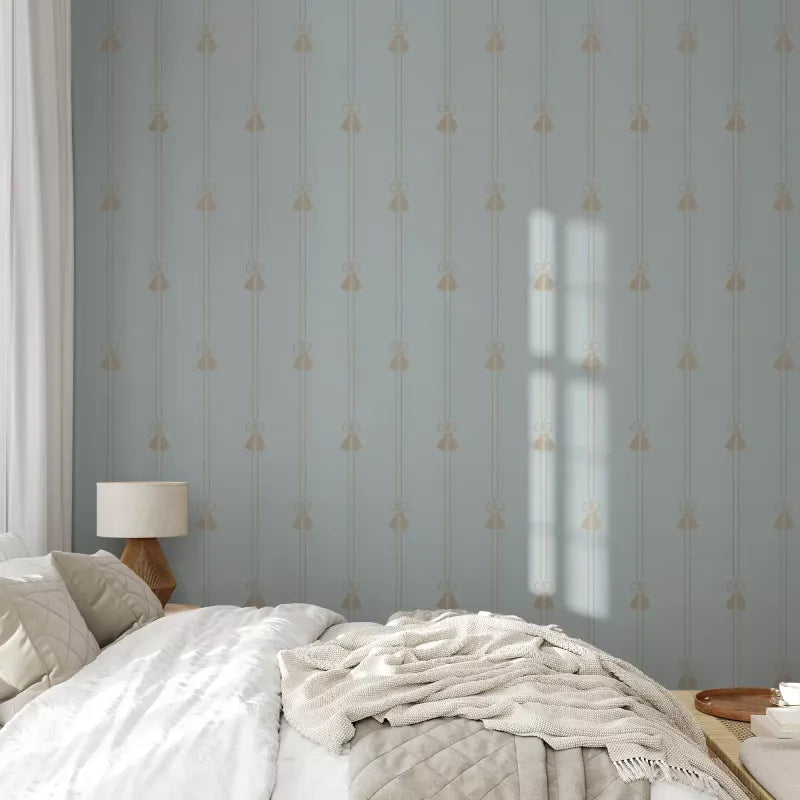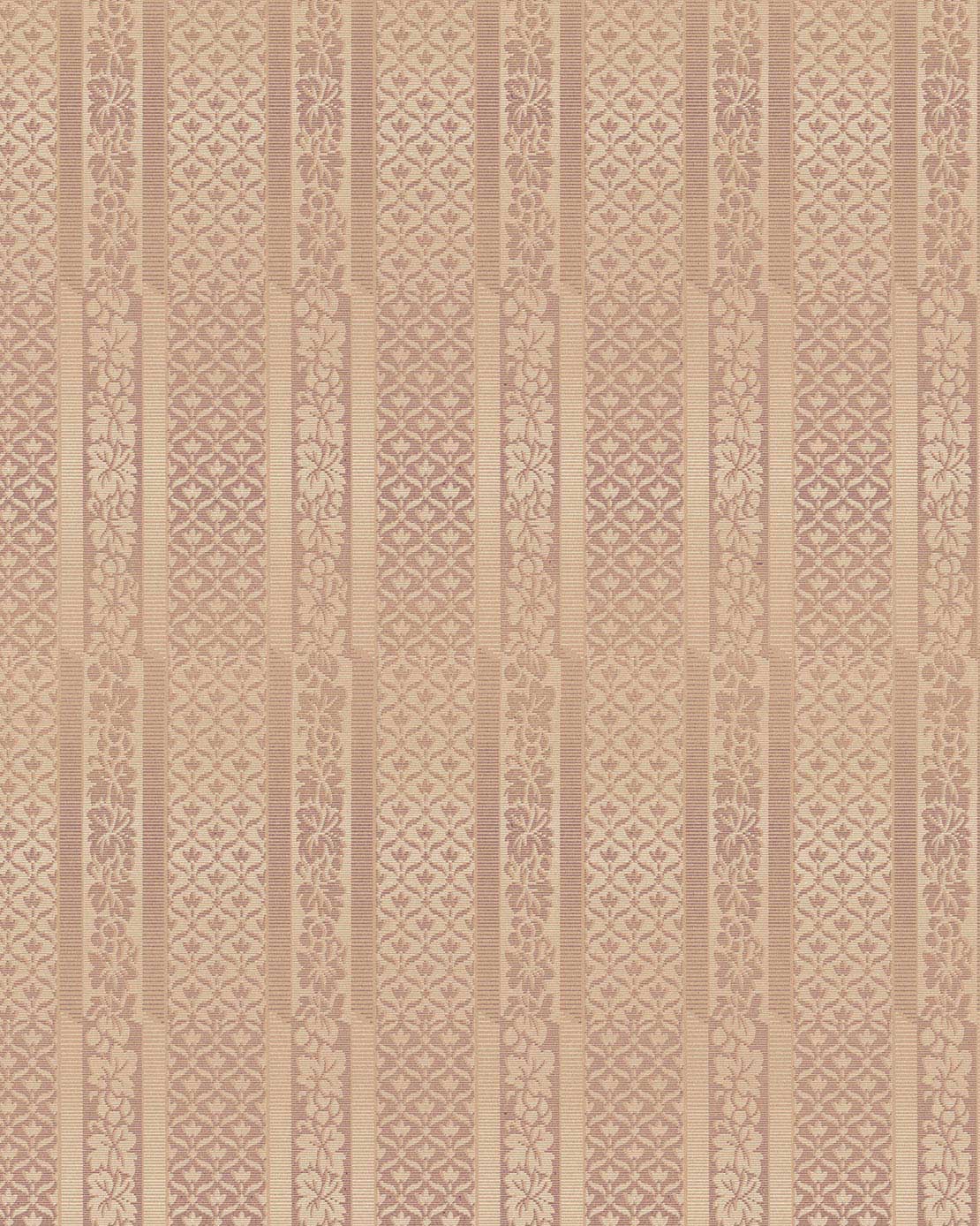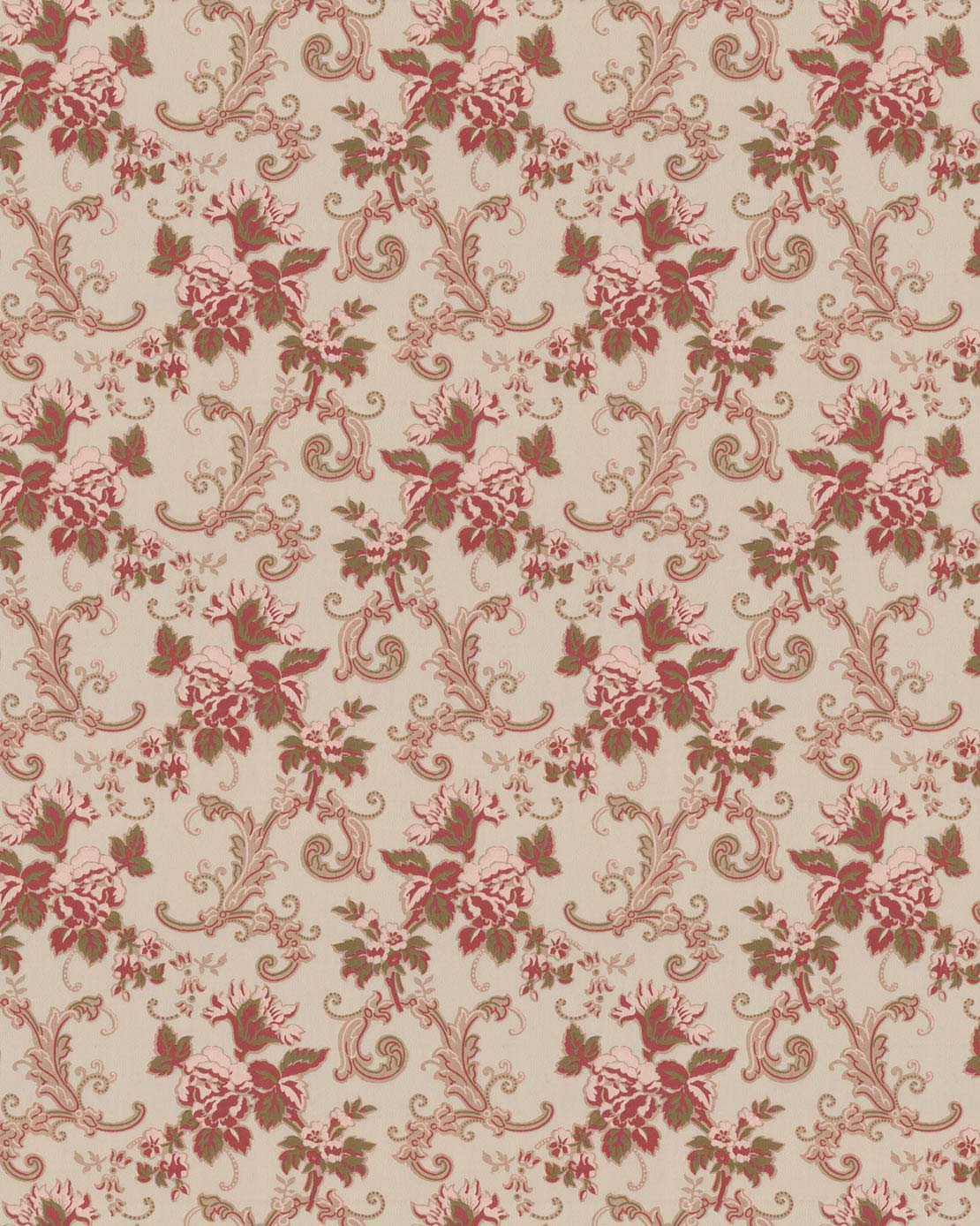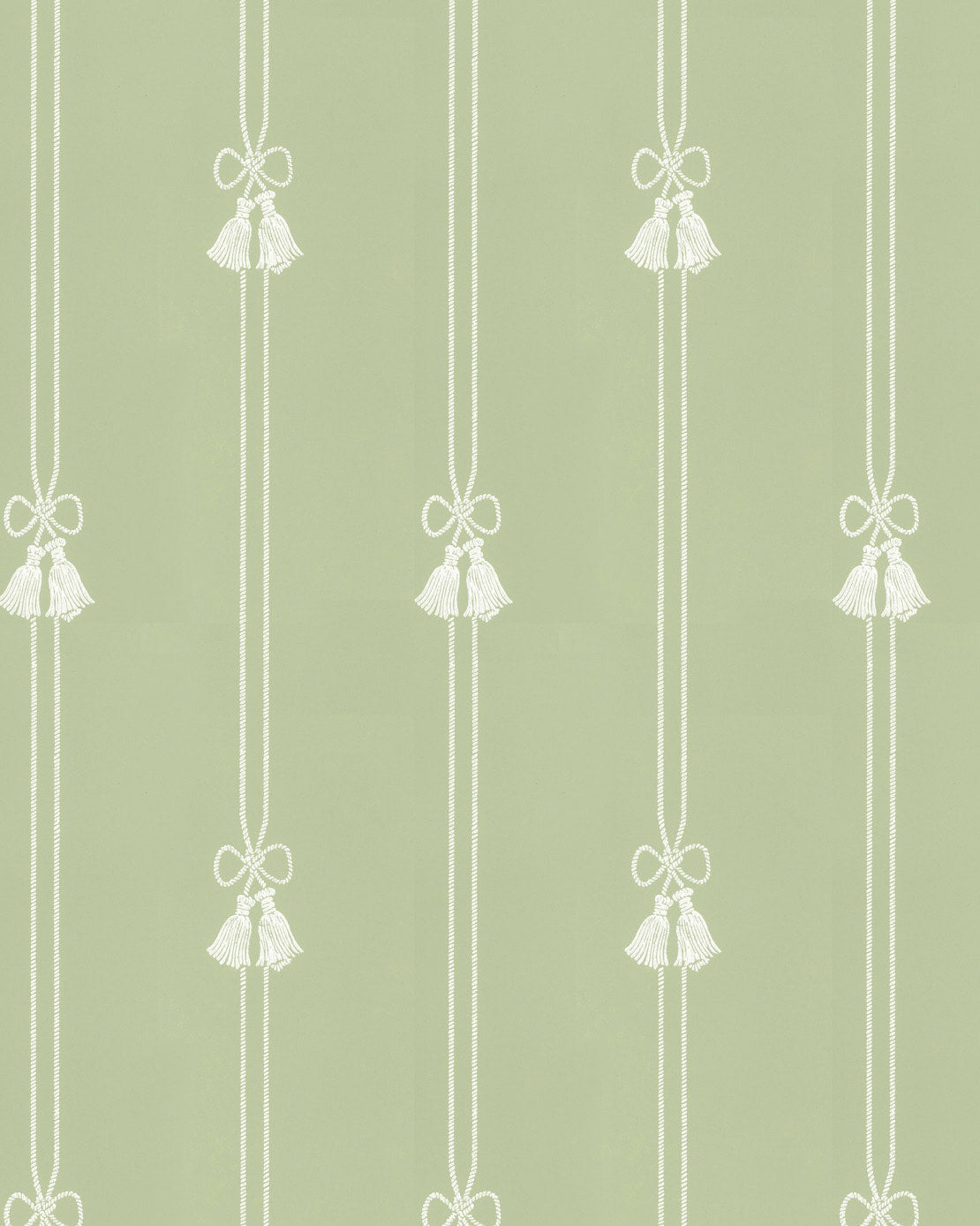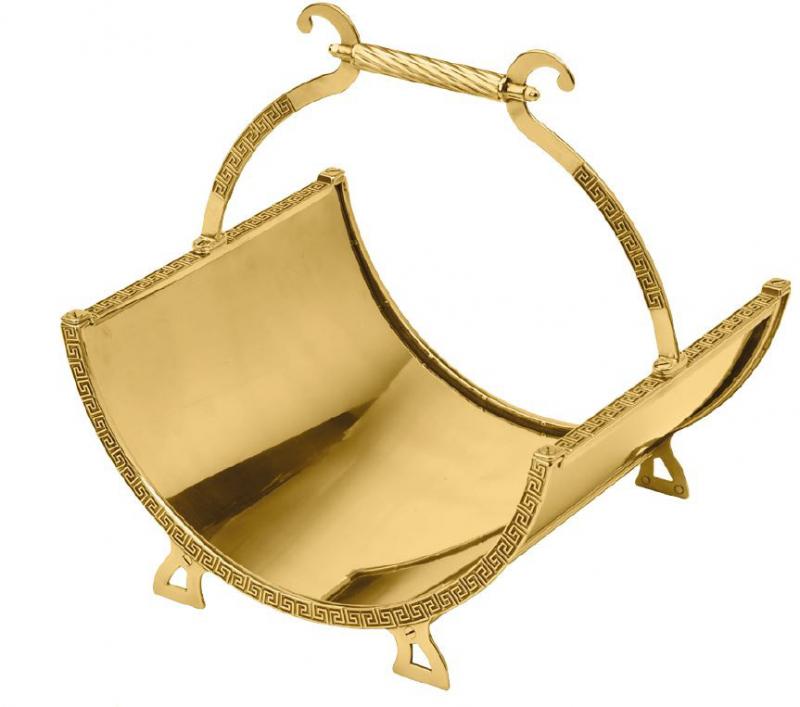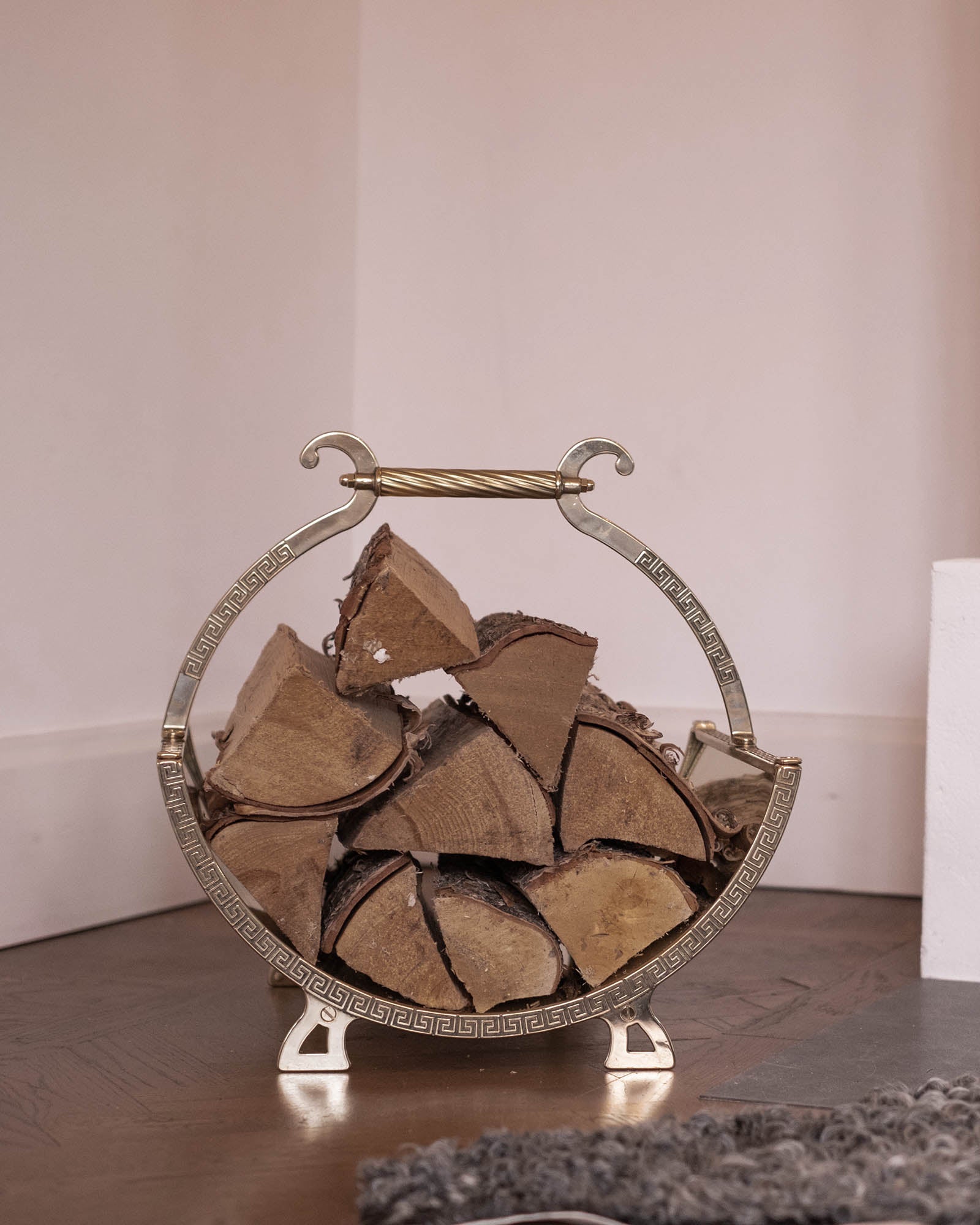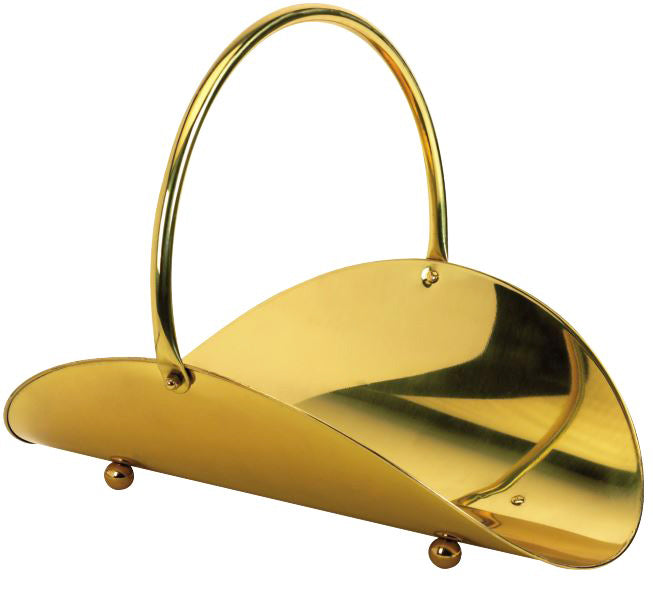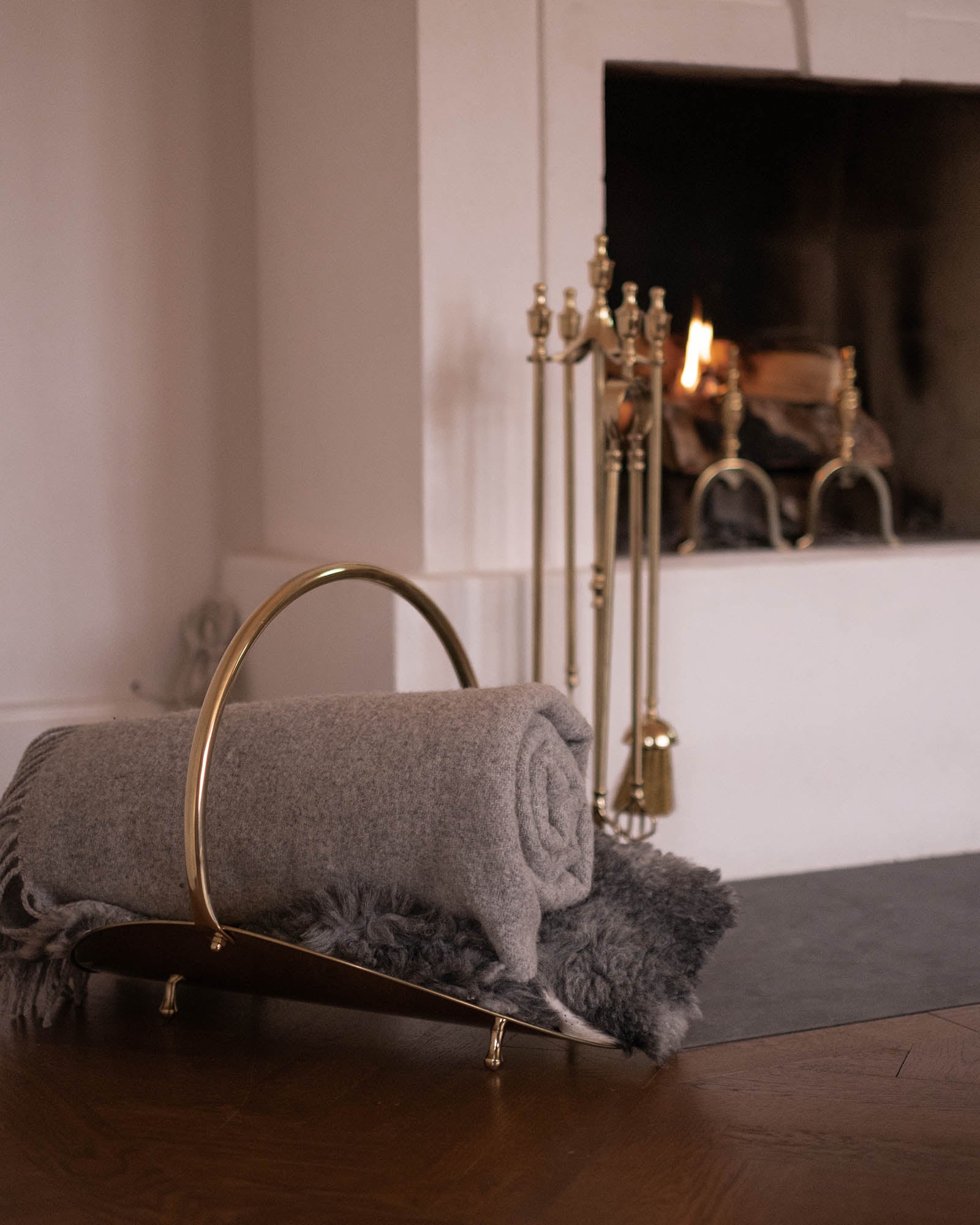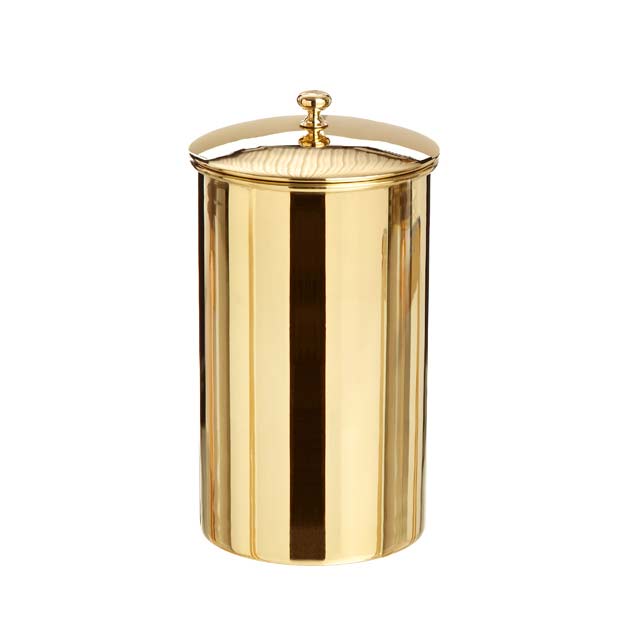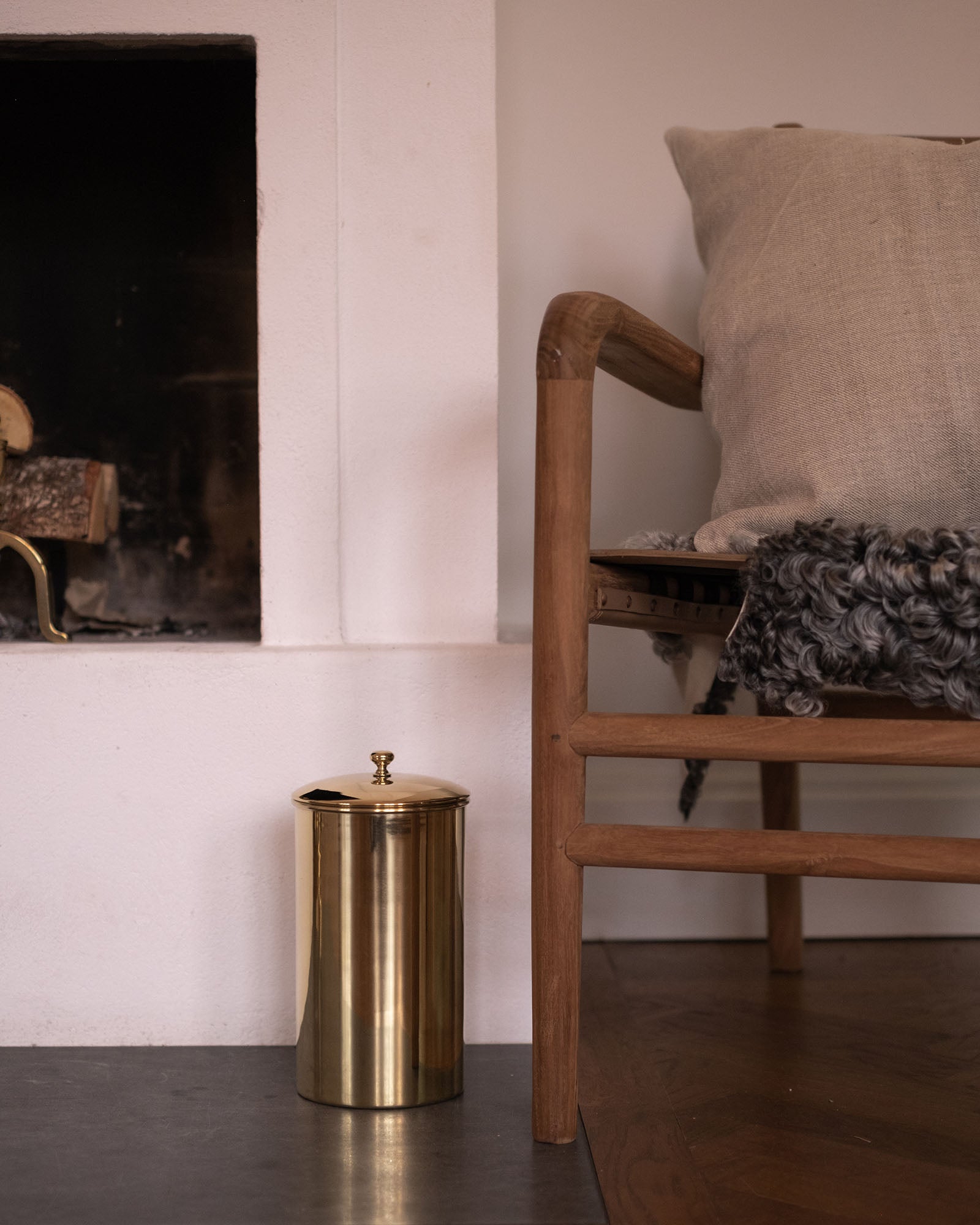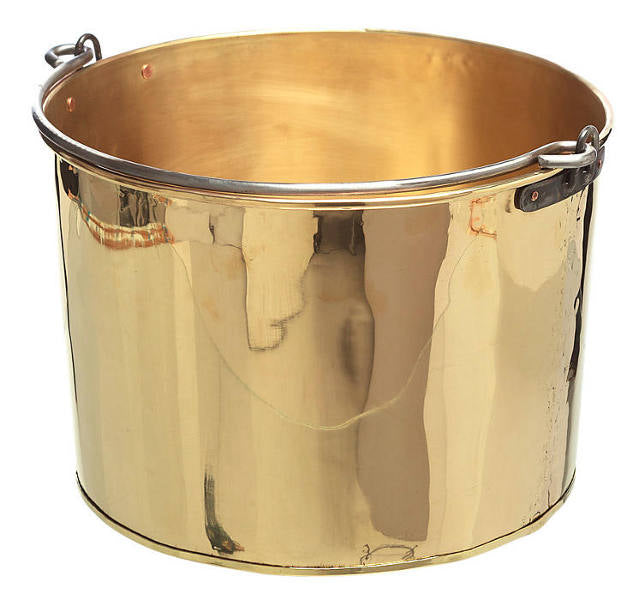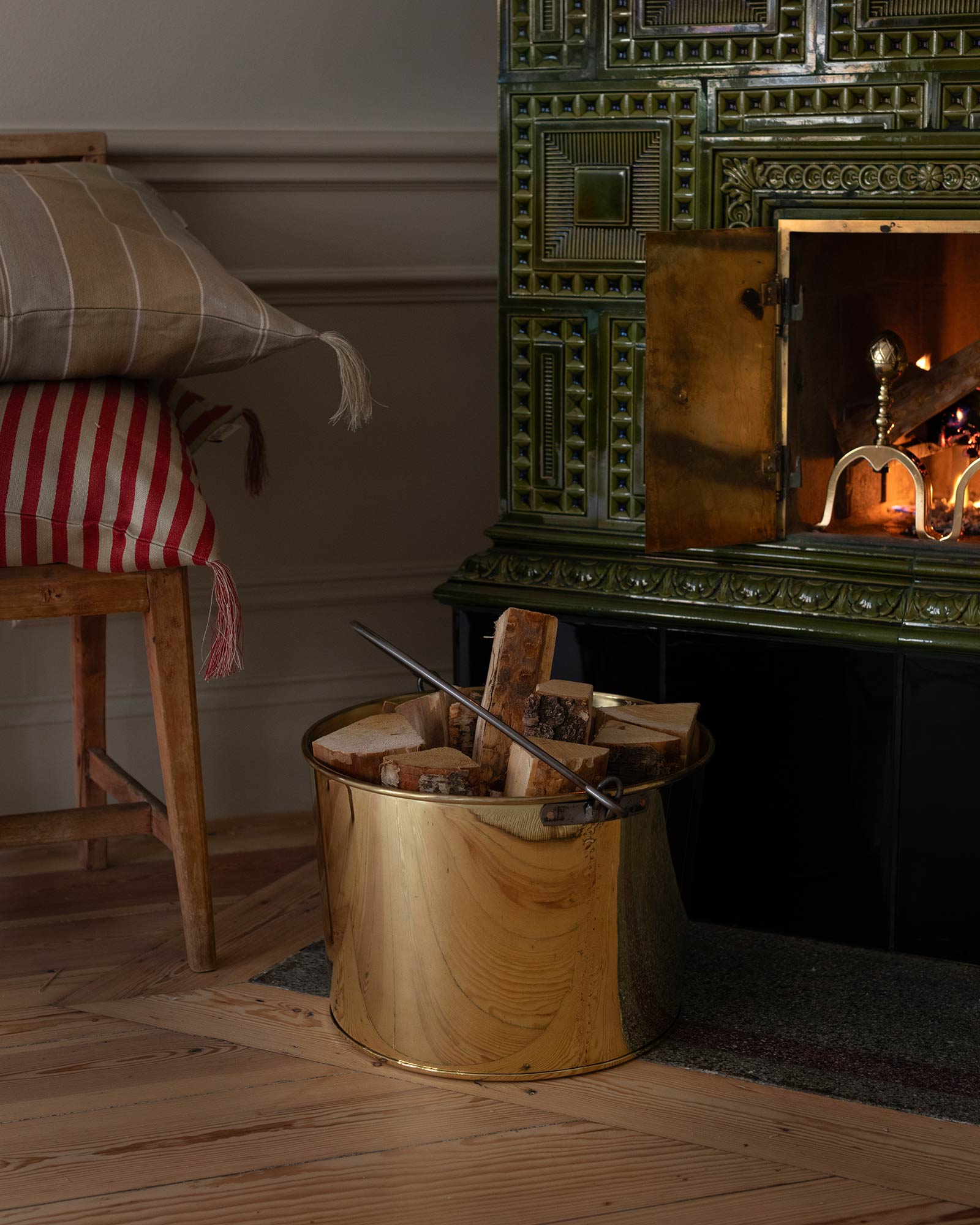Style history ~ 1920s Twenties Classicism
Housing, Lighting, Wallpaper & Fireplace
Housing in the 1920s
During the 1920s, housing standards improved significantly, even for smaller worker residences. The gap in size between workers' homes and those of the wealthy diminished. Access to electricity, radios, telephones, and refrigerators became increasingly widespread. Bathrooms with toilets began to be incorporated, initially often located in the house's basement. Kitchens also saw a rise in standards, with both hot and cold water available from the taps, and factory-made marble countertops and kitchen cabinets becoming common. The living room often remained immaculately kept and was reserved for special occasions, reflecting the changing social dynamics of the time.
In terms of interior design, homes of the 1920s exuded a simplicity that set them apart from previous decades. Luxurious residences featured decorative elements such as pillars or pilasters surrounding doorways, while elegant wooden furniture made of birch and elm adorned rooms illuminated by electrified fixtures. Mass production of household items led to the proliferation of craftsmanship ideals under the banner of "more beautiful everyday items." Muted colors dominated, with patterned wallpapers, dark-stained furniture, and colorful textiles contributing to a sense of tranquility. Ceilings were typically adorned with a central rose, while floors boasted parquet or linoleum coverings. Renowned furniture designer Carl Malmsten emerged during this period, introducing stylish yet simple wooden pieces that would become iconic in Swedish homes throughout the 20th century.
Lamps & Lighting - 1920s
In 1922, 80% of Stockholm residents had electric lighting in their homes. Light fixtures in homes expanded, with table lamps and floor lamps becoming popular choices. Our floor lamp Gullberg is a classic example from this period. As for surface finishes on lamps, nickel-plated brass became very popular during the 1920s, especially in neoclassical interior settings. Even proponents of modernism from the 1930s onwards often found polished brass too ostentatious and instead favored nickel-plated lamps. Historically, however, yellow metal, meaning untreated brass, has been the most common surface treatment. This is because light is reflected in a warmer and more homely manner compared to the coldness of white metal.
During the 1920s, the metal-clad Kuhlo wiring system began to be used. It was actually invented in 1905 by the German power plant manager E. Kuhlo, but it wasn't until the end of World War I that the use of knob-and-tube wiring (twisted textile wire and porcelain insulators) was replaced by the Kuhlo system. It wasn't until the 1930s that wiring became concealed within the walls of urban apartments. Wall penetrations were made using porcelain tubes. Wiring, switches, and outlets remained surface-mounted directly on walls throughout the 1920s. Many switches and outlets were made of bakelite by then, although most still had porcelain switches.
In connection with the main entrances of apartment buildings, lanterns of various shapes are typically placed. They are usually supported by a bracket made of wrought iron with clear glass or opal glass panes. In villas, outdoor lighting often consists of opal glass globes.
Wallpapers - 1920
During the 1920s, all walls of the home were adorned with wallpapers. Primarily, they consisted of typical geometric patterns combining lines, circles, stair shapes, and stylized flowers. Common colors included darker shades on a brown-beige background. New patterns for the time featured classical ornaments on a single-color background, preferably in a tranquil green shade. Many designs were also inspired by the Orient. The wallpapers were often designed by renowned Swedish artists and architects.
Fireplaces - 1920s
During the 1920s, central heating became prevalent. Now it was popular to place fireplaces in hallways or living rooms, either in the middle of the wall or in a corner, both in larger apartments and in detached houses. The typical fireplace had straight lines, a mantelpiece, and was adorned with tiles or marble. A seashell was a common decoration.




























































































